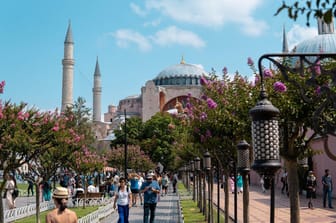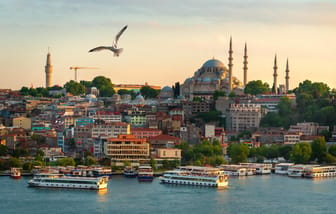Dolmabahçe Palace
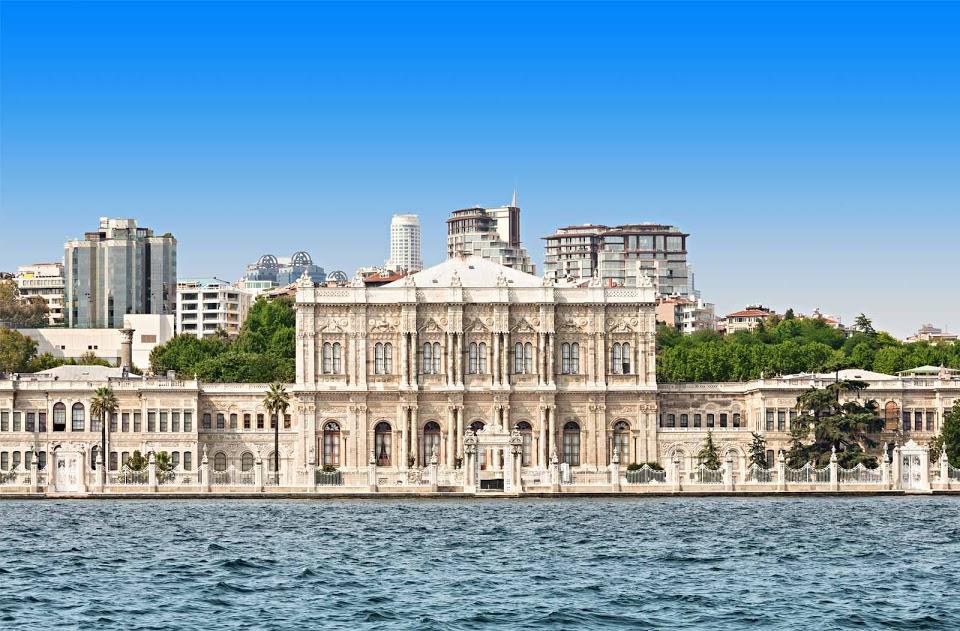
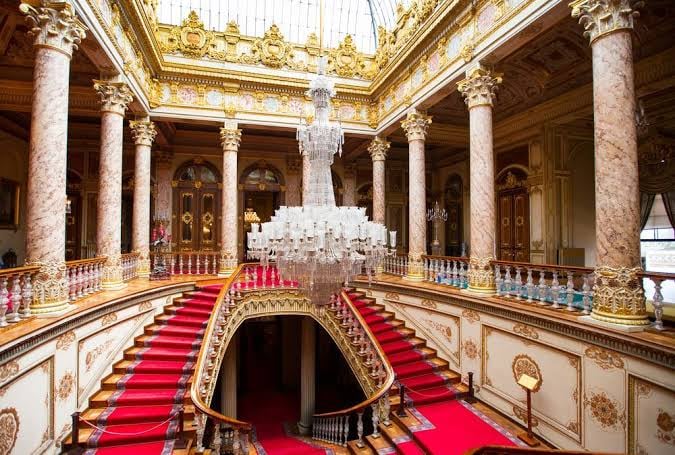


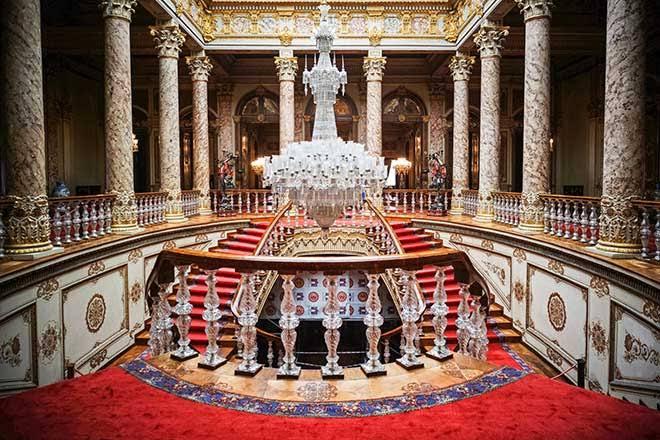
What people say
Liveta Greitaityte
"Dolmabahce Palace was the first European-style palace in Istanbul, built in 1843. commissioned by Sultan Abdül Mecit. After the project was completed, the Sultan decided to move from his original modest abode, Topkapi Palace, to Dolmabahce Palace, as the latter could provide modern luxury.
The real reason for its wealth is actually quite sad: to cover up the decline of the Ottoman Empire. The result is a two-story palace with an area of 45,000 m², containing 285 rooms, 44 halls, 68 toilets, and 6 baths. The designer of the Paris Opera was also invited to create the interiors, which also explains their exaggerated theatricality.
The tourist entrance to Dolmabahce Palace is at the Imperial Gate and be prepared to be there early in the morning. Only 3,000 people are allowed inside per day. During your visit, go to the palace gardens first, as photography is prohibited inside the palace, it is best to start with the palace gardens before they are overcrowded with tourists. Next to the palace, you will also find the Dolmabahçe Mosque, which is worth a visit if you have some free time.
⭐️ Toilets and cafes are built in the territory of the palace
💶 Paid admission... A virtual guide is provided free of charge"
Read more in:
Pedro Pereira
Available for hire
"
Dolmabahçe Palace, located in the Beşiktaş district of Istanbul, Turkey, is one of the most magnificent and iconic landmarks in the city. It served as the main administrative center and residence for the Ottoman sultans during the latter part of the empire's existence.
Commissioned by Sultan Abdülmecid I and designed by the architects Garabet Balyan and his son Nigoğayos Balyan, construction of the palace began in 1843 and was completed in 1856. Dolmabahçe Palace replaced the Topkapı Palace as the primary residence and seat of government for the Ottoman sultans.
The palace's architecture is a blend of various styles, predominantly Neoclassical, Baroque, and Rococo, reflecting the influences of European architectural trends of the 19th century. It features grand halls, majestic chambers, ornate furnishings, and magnificent crystal chandeliers, showcasing the opulence and grandeur of the Ottoman Empire during its final years."
Sofia B
Available for hire
"Dolmabahçe Palace was completed in 1856 and is the largest palace in Turkey. The sultan wanted to replace the more traditional Topkapi Palace with a modern, European-style residence. The last sultan to reside in Dolmabahçe was Sultan Mehmed VI, who fled the palace in 1922 when the Ottoman monarchy was abolished. Today the palace stands as a testament to the Ottoman empire’s desire to project power and prestige in the face of European influence. Dolmabahçe Palace has 285 rooms, 46 halls, 6 Turkish baths (hammams) mainly known for its grand crystal staircase and waterfront façade towards the Bosphorus.
Opening hours: daily 9am to 6pm (closed on mondays)
entrance fee: €28"
Mentioned in these guides
About Dolmabahçe Palace
Get the inside scoop on Dolmabahçe Palace from local experts, travel creators, and tastemakers. Browse genuine trip notes, Dolmabahçe Palace reviews, photos, travel guides, and itineraries from real travelers and plan your trip with confidence.
Phone
Save this spot for later or start mapping out a new trip today
Try our AI Travel Assistant and get instant answers to any questions about your trip.
Ask ThatchGPT
